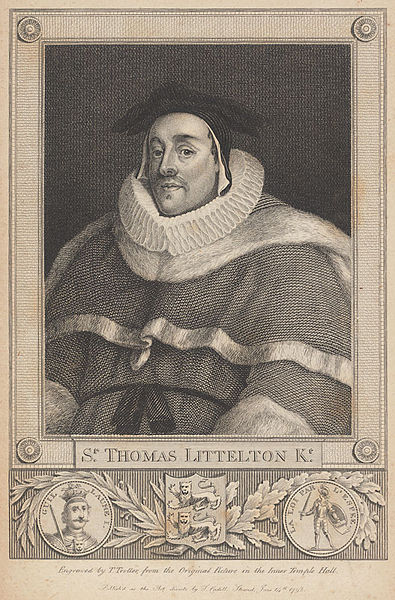There are now 37 generations in the Bradbury-Baker database going from the 21st to the 11th century when some distant great grand parents arrived in England with William the Conqueror. If there had been no marriages between cousins, however distant, this would mean 68,719,476,736 35th great grandparents (236) Clearly quite impossible, but it does illustrate that well before the 37th generation everyone is likely to find several Kings and members of every walk of life: eminent lawyers, scientists, wealthy land owners, traders, rogues and criminals in their family tree as well as the "ordinary grandmas and grandpas". The population of Britain in the 11th century has been estimated to be somewhere between 1.25 and 2 million (see Doomsdaybook) so even allowing for a significant number of immigrants in the tree many married couples must have had a common set of great grandparents somewhere back along the line.
Kings and their mistresses ........
Yes, there are kings. Isn't everyone related to royalty? I just have to go back a very long way! Henry II it seems is both my 27th and 28th great grandfather, two branches of his family re-combining when Elizabeth de Segrave (1338-1368), descended from Henry's son John of Magna Carta fame, married John de Mowbray (1340-1368) descended from William Longespee, Henry's illegitimate son by his mistress Ida. The descendants from this line enjoyed power and position for many years and indeed many still do, but not my branch. It all goes to show that social position, property and power had, for many years, more to do with conventions of inheritance than breeding. The decedents of eldest sons maintained their privileged position while the children of younger sons and especially younger daughters could quickly move out of the power and property.
Lawyers
Earls, Barons and Knights there are in plenty, including at least two who were sureties to the Magna Carta. Their various lines of decent, which diverged and recombined several times and which form my ancestry, appeared to have benefited from the status and property which gave them access to education and comfortable living until around the middle to end of the 17th century. Some were famous or notorious in their day and many were almost certainly influential in their different ways.
There are plenty of lawyers, bailiffs, sheriffs, burgesses, coroners and justices of the peace as well as a few judges. One of my favourite finds is Thomas Littleton of Frankley (abt 1417-1481), pictured, who wrote what is considered to be the first law book published in England, a book on Tenure, which is still occasionally referred to in property cases despite being predominantly based on the feudal system.
Newspapers
Newspapers also play quite a big part too. My late husband is descended from the Jenours who in the 18th Centrury were the proprietors of the London Daily Advertiser. In 1740 Matthew Jenour, the proprietor, was involved in a law suite brought by the East India Company which alleged it was libeled by an advertisement in the paper of October 8th 1739. The advertisement had accused an unnamed director of the company of increasing the cost of tea for speculative reasons. Jenour argued that he had not libeled all the directors and that the company as distinct from a director, could not request a prosecution. However the court decided the company as a whole had been libelled and, it appears, for the first time a company was allowed to proceed with an action in its corporate identity.
The other newspaper link was much more recent. My maternal grandmother recalled she had rich relatives in Loughborough. Something to do with printing and "Uncle Joe". I have now traced Uncle Joe. He was Joseph Deakin (1857-1929), my grandmother's great-uncle, brother of her grandfather. He started out as a printer's apprentice in Cheddleton but moved to Leicestershire where he became a journalist and eventually the owner of the Loughborough echo which stayed in the family until it was sold to the Trinity Mirror Group.
Farmers
Until the early 19th century farming features heavily in many branches of my family history whether it was as farmers of 100 or 200 plus acres or as more lowly agricultural labourers. Some worked as agricultural labourers and ran their own small holdings of 5 or so acres. Most of them probably did so as tenants who gave up the land to migrate to the near by towns and take up employment in the local manufacturing or mining industries. Certainly, by the middle of the 19th century it is not uncommon for census returns to show parents still living in farming communities working on the land while their children have moved to the town and are occupied as potters and miners.
Colourful characters
There are colourful characters such as Humphrey Kynaston, the highwayman of Shropshire, Matthew and Joshua Jenour, rich newspaper proprietors, and Mr and Mrs Andrews neighbours of Thomas Gainsborough who painted their portrait which now hangs in the National Gallery.
The unsung
Most of the people in my family tree, and the nearer they get to modern times, are ordinary working person, each no doubt with a story of their own not captured by history, struggling to make a living and contending with everyday matters of illness, industrial disease and accidents.
